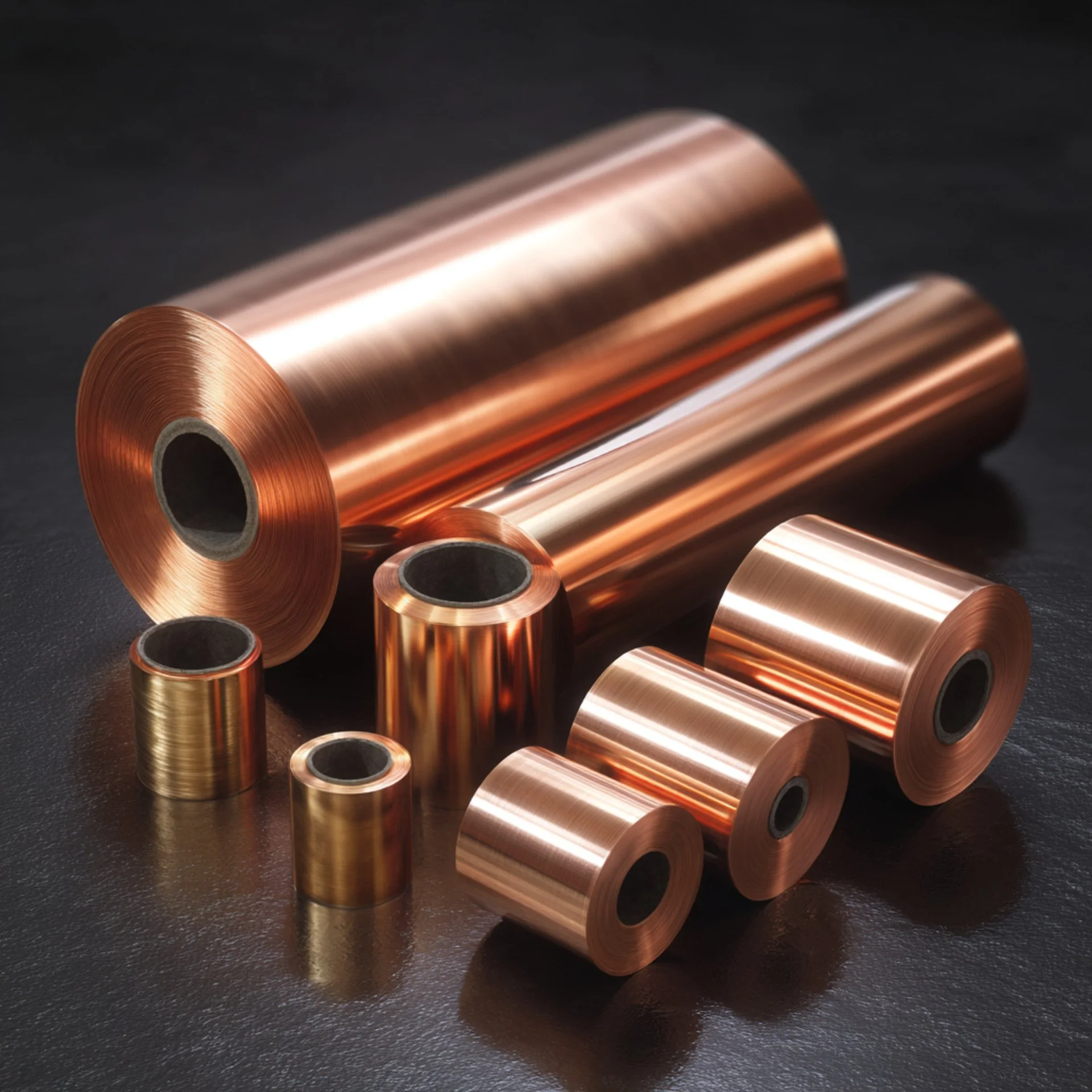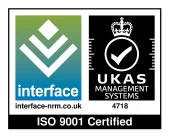Copper rolled products have become indispensable materials across various engineering sectors in the UK. These versatile metal solutions offer exceptional thermal and electrical conductivity properties that make them essential for modern industrial applications. Engineering professionals rely on these materials to deliver robust, efficient solutions across diverse project requirements.
Important Features That Make Rolled Copper Suitable for Engineers
Copper’s unique qualities make it ideal for demanding engineering applications. With thermal conductivity values approximately 60 times higher than stainless steel, these materials allow for quick heat transfer in essential systems. Corrosion resistance ensures long-term performance in harsh settings, while good malleability allows for the manufacture of complicated shapes without compromising structural integrity.
Copper alloys are recognised as having excellent performance qualities by British engineering standards. The combination of strength, ductility, and electrical qualities allows for novel engineering solutions in a variety of industries.
Different Ways Copper Rolled Products Are Used
Copper rolls are preferred by engineers for their conductivity, flexibility, and durability. In precision assembly, structural elements, thermal management, and electrical systems are widely used.
1. Electrical Conductivity and Busbars
Use rolled copper sheets to craft busbars, connectors, and ground plates, ensuring efficient electricity distribution. Its dense grain delivers excellent conductivity, while purity and temper determine flexibility and overall performance.
2. EMI Shielding for Electrical Enclosures
Engineering designs often need shielding to block electromagnetic interference. Stamping or forming enclosure seams with a thin copper strip or foil works well. It protects mechanically and electromagnetically. Copper is a good noise barrier for instrumentation and telecommunications circuits.
3. Heat Sinks and Thermal Conductors
Engineers use rolled copper for its superior thermal conductivity, machining it into fins, cold plates, and heat-transfer surfaces to cool electronics and optimise efficiency during prototype development.
4. Architectural Accents with Engineering Benefits
Rolled copper is visually appealing and structurally strong. Buildings use it as cladding, roofing trimmings, and decorative panels. Engineers prefer copper’s protective patina to corrosion. High-touch installations benefit from their inherent antibacterial characteristics. Copper panels blend form and function in civil and structural engineering.
5. Custom Flexible Connectors
Engineers use thin copper strips to create flexible connectors for vibration-prone systems, allowing movement without disrupting electrical connections and reducing stress points to extend overall system lifespan.
6. Prototyping for Formability Tests
Designers cut, bend, and fold rolled copper samples to test shape, fit, and finish, improving confidence in alloy selection and final design through hands-on evaluation.
7. Corrosion-Resistant Mechanical Components
Copper-based alloys are environmentally resistant. In maritime and outdoor applications, engineers produce washers, shims, and gaskets from rolled copper. Tarnishing and oxidative wear resistance make it better than many ferrous choices in coastal or industrial environments.
Why Rolled Copper Suits Engineering Needs
Engineers want materials that perform reliably. Rolled copper delivers:
- Excellent conductance for both electricity and heat
- High formability, which simplifies fabrication
- Durability against environmental factors such as corrosion
- Compatibility with machining and joining techniques
Referring to best practices and technical standards builds credibility. For current-carrying routes, design handbooks recommend rolled copper due to its consistent thickness and predictable electrical properties.
ILF Products routinely advises engineers on copper material choices. They show how rolled copper meets quality and safety standards without being promotional in different sectors.
Tips for Using Copper Roll Sheets in Your Next Project
- Understand Material Specs – Know sheet thickness (e.g., 0.5 mm, 1 mm) and temper. UK design codes and material data sheets help match performance needs.
- Use Proper Tools – A sharp shears or a CNC-equipped brake ensures clean bends and cuts. A steady edge improves site-fitting accuracy.
- Account for Finishing – Unless needed for aesthetic purposes, raw copper patina develops naturally. A seal isn’t always necessary, depending on exposure.
- Treat Edges Safely – Cut copper can have sharp edges. Use deburring tools or protective gloves during fabrication.
- Consider Mother Alloy Performance – Some rolled copper contains trace additions like phosphorus or silver for strength. Check that these conform to relevant UK standards such as BS EN 1652.
Final Thoughts
Copper rolled products play a vital role in modern engineering, offering durability, flexibility, and excellent conductivity. From electrical systems to structural components, their versatility makes them suitable for a wide range of applications. By choosing high-quality materials and applying the right techniques, engineers can achieve reliable, efficient, and long-lasting results in their projects.
Milly Edwards
Sales and Marketing Executive: Responsible for creating content for ILF's social media channels, website, print media and promotional work.








